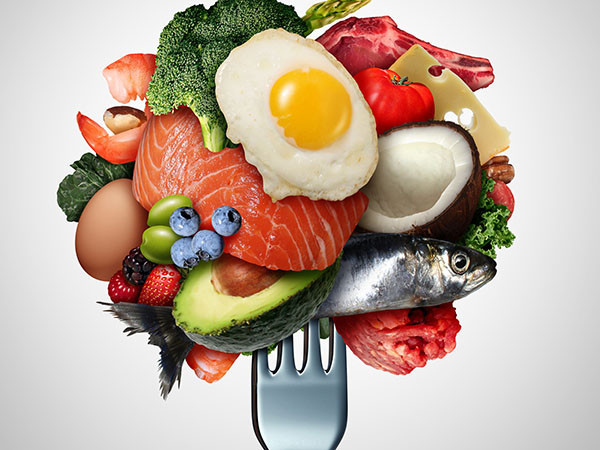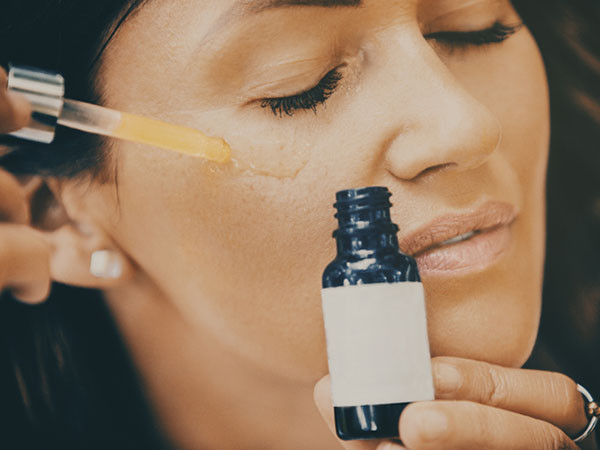During the first year of life, naps are crucial for babies (who simply cannot stay awake for more than a couple of hours at a time), and crucial for parents and caregivers, who need breaks from the hard work of caring for an infant.
But as children become toddlers and preschoolers, naps aren’t always straightforward. Children often fight them (following the “you snooze you lose” philosophy), and they can conflict with daily tasks (such as school pick-up when there are older siblings) or lead to late bedtimes.
Here are some tips for making naps work for you and your child — and for knowing when they aren’t needed anymore.
Making naps work for your baby
Most infants will take at least two naps during the day, and early in toddlerhood most children will still take both a morning nap and an afternoon nap. Naps are important not just for physical rest and better moods, but also for learning: sleep allows us to consolidate new information. As children get older, they usually drop one of the naps, most commonly the morning nap.
Every child is different when it comes to napping. Some need long naps, some do fine with catnaps, some will give up naps earlier than others. Even within the same family, children can be different. A big part of making naps work is listening to and learning about your child’s temperament and needs. Otherwise, you can end up fighting losing battles.
The needs of a parent or caregiver are also important: everyone needs a break. Sometimes those breaks are particularly useful at specific times of the day (like meal prep time). While you can’t always make a child be sleepy at the most convenient time for you, it’s worth a try — which leads me to the first tip:
Schedule the naps. Instead of waiting for a child to literally drop and fall asleep, have a regular naptime. We all do better when our sleep routines are regular, even adults. If you can, put the child down awake (or partially awake). Learning to fall asleep without a bottle or a breast, or without being held, is a helpful skill for children to learn and can lead to better sleep habits as they grow.
A couple of scheduling notes:
- If you need a child to fall asleep earlier or later than they seem to do naturally, try to adjust the previous sleep time. For example, if you need an earlier morning nap, wake the child up earlier in the morning. It may not work, but it’s worth a try.
- Naps later in the afternoon often mean that a child won’t be sleepy until later in the evening. That may not be a problem, but for parents who get tired early or need to get up early, it can be. Try to move the nap earlier, or wake the child earlier. If the problematic afternoon nap is in daycare, talk to the daycare provider about moving or shortening it.
Create a space that’s conducive to sleep. Some children can sleep anywhere and through anything, but most do best with a space that is quiet and dark. A white noise machine (or even just a fan) can also be helpful.
Don’t use screens before naptime or bedtime. The blue light emitted by computers, tablets, and phones can wake up the brain and make it harder for children to fall asleep.
When is it time to give up naps?
Most children give up naps between the ages of 3 and 5. If a child can stay up and be pleasant and engaged throughout the afternoon, they are likely ready to stop. Some crankiness in the late afternoon and early evening is okay; you can always just get them to bed earlier.
One way to figure it out, and ease the transition, is to keep having “quiet time” in the afternoon. Have the child go to bed, but don’t insist on sleep; let them look at books or play quietly. If they stay awake, that’s a sign that they are ready to stop. If they fall asleep but then end up staying up very late, that’s another sign that the afternoon nap needs to go.
Whether or not your child naps, having some quiet time without screens every afternoon is a good habit to get into. It gives your child and everyone else a chance to relax and unwind, and sets a placeholder not just for homework but also for general downtime as children grow — and just like naps for babies, downtime for big kids is crucial.
Follow me on Twitter @drClaire







